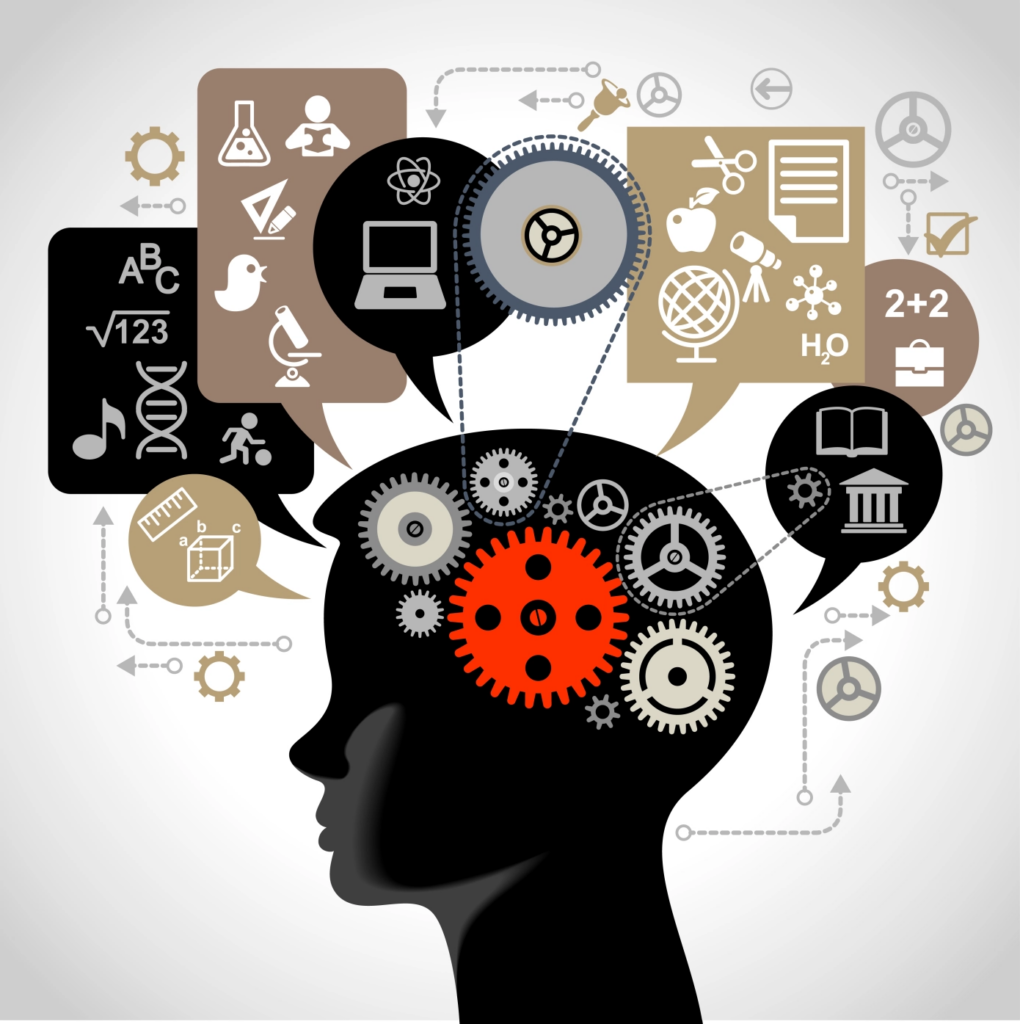Chapter 1 Introduction to Educational Technology
Educational technology refers to the use of tools, technologies, processes, procedures, resources, and strategies to improve learning experiences in a variety of settings, such as formal learning, informal learning, non-formal learning, lifelong learning, learning on demand, workplace learning, and just-in-time learning.
R. Huang et al.
“A memorable learning experience that I consider effective, efficient, and engaging.”

- 3D printing – Educational technology used in an architectural design class in 2016.
- Gamification – The slides that accompany the textbooks I use are designed with gamified competitions, and the learners are very engaged with them.
- Tools – Use the technology in the classroom, including the slides applications, scientific calculator applications, video & audio player, etc.
Reading Reflection
- Classify the key concepts and principles of educational technology
- Recall the history of educational technology
- Clarify the scope, dimensions, and perspectives of educational technology
- Reflect on the roles of educational technologists
Concepts of educational technology:
Attitude, Competency, Education, Education technology, Learning, Formal Learning, Informal learning, Instruction, Instructional design, Intentional learning, Lifelong learning, Media, Multimodal resources, Non-formal learning, and Technology (Chapter 1, P6&7).
History of educational technology:
“The actual objects were used to support learning (Chapter 1, P10).”
Scope, dimensions, and perspectives of educational technology:
“designing, adapting, customizing, implementing, testing, deploying, and evaluating resources, activities, and learning and instructional tools intended to facilitate learning, performance, and instruction are included within the scope of the discipline” (Chapter 1, P8). and Table 1 (Chapter 1, P10).

Roles of educational technologists:
“That kind of complexity is what often confronts educational technologists and instructional designers who deal with multiple kinds of people, resources, and situations. The challenges are real, and one goal of this book is to help develop the capacity to respond effectively to many challenges that will occur in a real-world setting” (Chapter 1, P6).